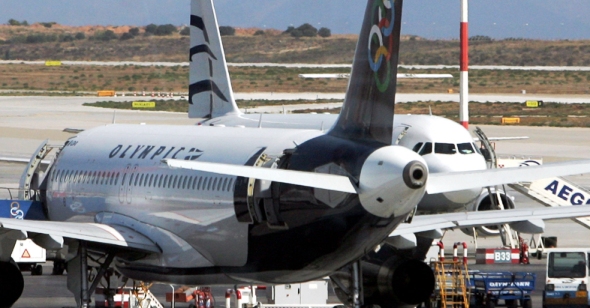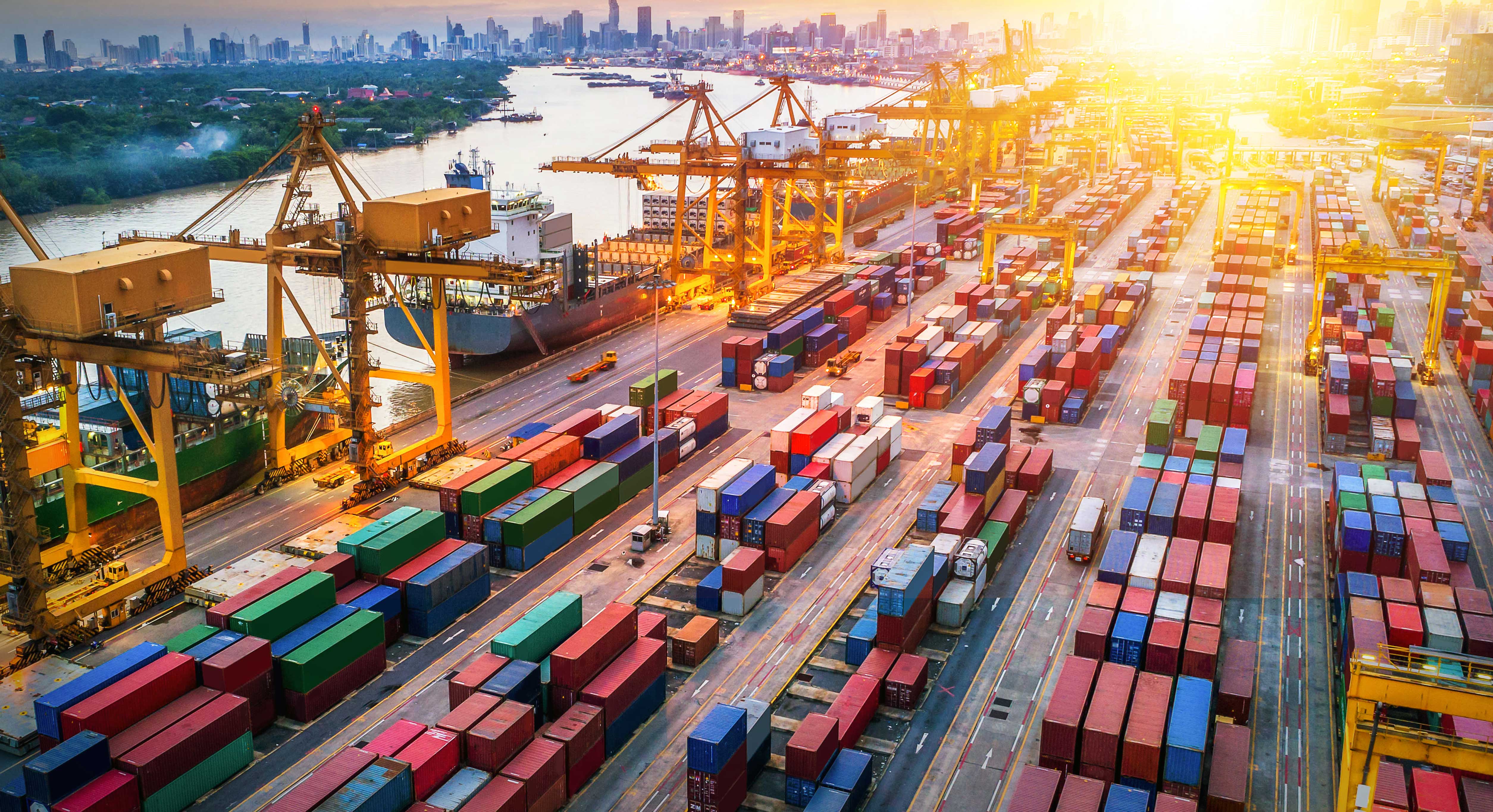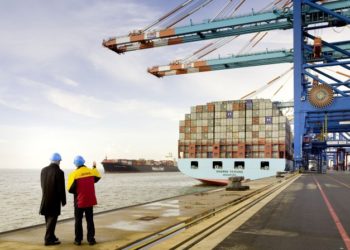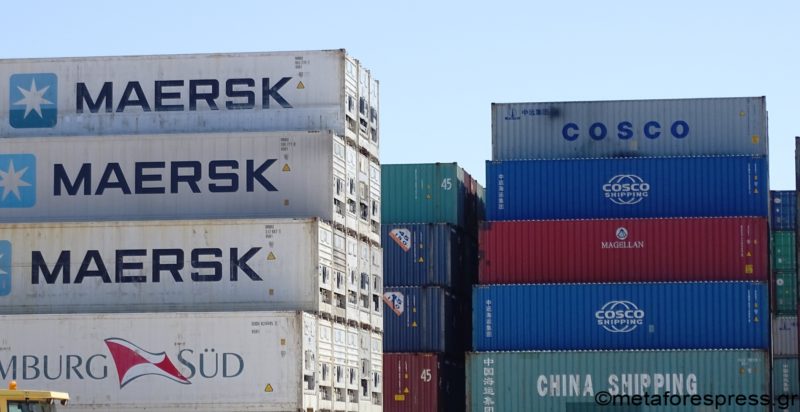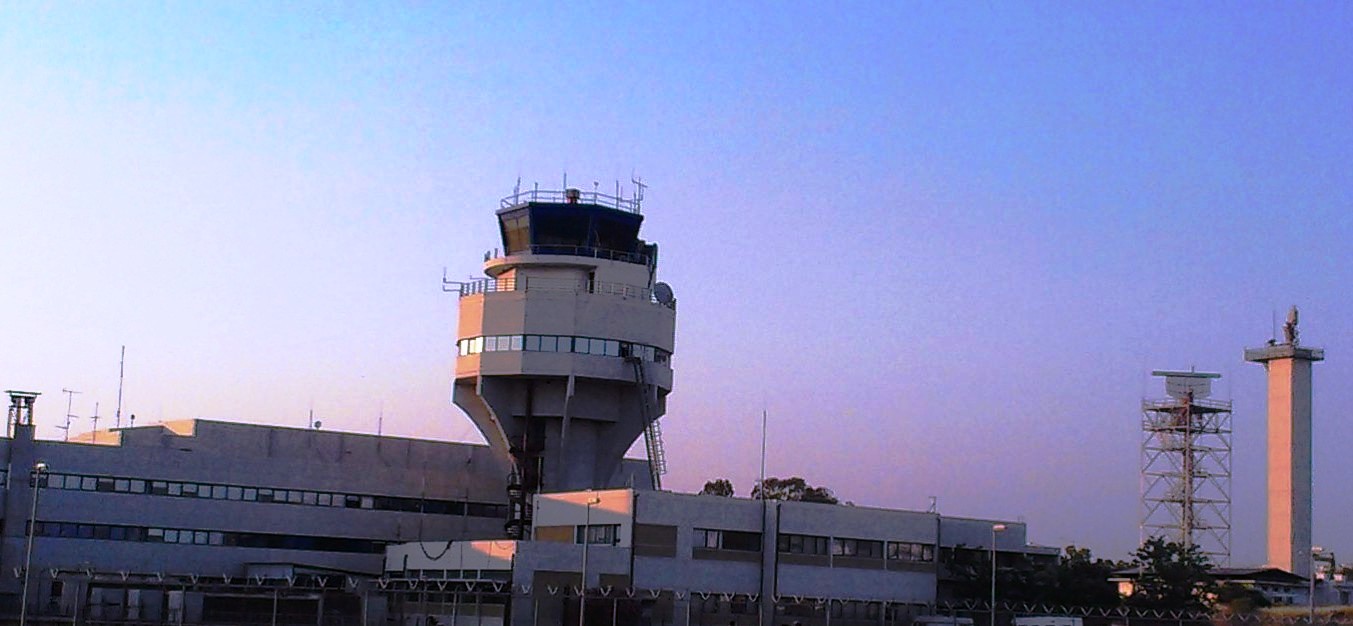The targets which were set at COP26 are still in place but looking increasingly unachievable unless there is a sea-change in government policy. Prof. John Manners-Bell reports.
November 2022 sees the latest iteration of the United Nations Climate Change Conference or ‘Conference of Parties’ (COP27) as it is better known, this time hosted by Egypt. The atmosphere at the event is very different to the last COP in Glasgow with the deteriorating economic environment and the war in Ukraine hanging over the proceedings. However, extreme weather conditions, rising global temperatures and the impact of climate change on emerging markets have provided an impetus.
According to the event’s organisers, “COP27 will be a moment for countries to fulfil their pledges and commitments towards delivering objectives …This year should witness the implementation of the Glasgow [COP26] pact call to review ambition in NDCs [nationally defined contributions] and create a work programme for ambition on mitigation.”
NDCs are essentially the targets to which each country commits in terms of carbon emission reductions. They act as a roadmap towards zero net emissions with countries reporting their progress every five years. COP26 commitments included the aspiration to keep global warming to 1.5 degrees and ‘mobilise’ at least $100bn in climate finance. However, as Alok Sharma, President of COP26 warned, “We are not currently on a pathway that keeps 1.5 in reach. And whilst I do understand that leaders around the world have faced competing priorities this year, we must be clear; as challenging as our current moment is, inaction is myopic and can only defer climate catastrophe.”
For emerging markets, the issue of finance will be critical. Instead of loans to help adapt to climate change threats – such as rising sea levels – many vulnerable countries are demanding grants to compensate them for so-called ‘loss and damage’ caused by historic carbon emissions generated by industrialised markets.
In terms of transport and supply chain it is unclear whether there will be an update on progress towards the goals of the Clydebank Declaration, an agreement signed at COP26 by 22 countries (joined latterly by Singapore to make it 23) which aims to decarbonise shared shipping routes.
In the present volatile environment, it will also be difficult to track progress towards the transition to zero emission cars and vans where the aspiration was for elimination of internal combustion engines by 2040, and by no later than 2035 in leading markets.
In all, it seems at the outset that COP27 will have no new material impact upon the logistics and supply chain industry. The targets which were set at COP26 are still in place but looking increasingly unachievable unless there is a sea-change in government policy. The shipping industry is still divided on the best route to decarbonisation; sustainable aviation fuels are still a long way off for the air cargo sector and the chances of widespread adoption of alternative powertrains in the trucking industry before 2030 are small, not least due to high electricity costs.
Instead, it is more likely that the conference will focus on the transfer of funds from the developed to the emerging world to help with the costs of infrastructure adaptation. Even this may be ambitious given the weak state of the global economy and the poor track record which the developed world has in living up to its existing promises of loans and aid.
(By John Manners-Bell, Transport Intelligence)




